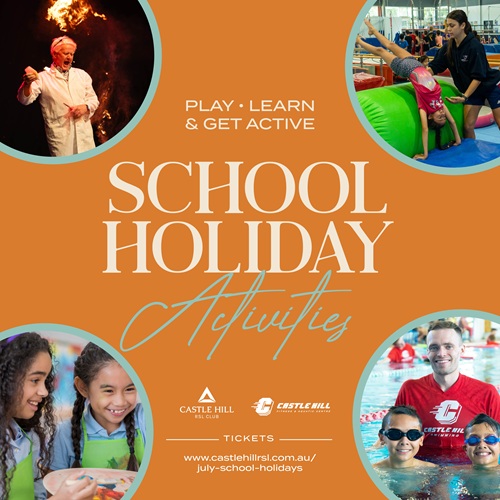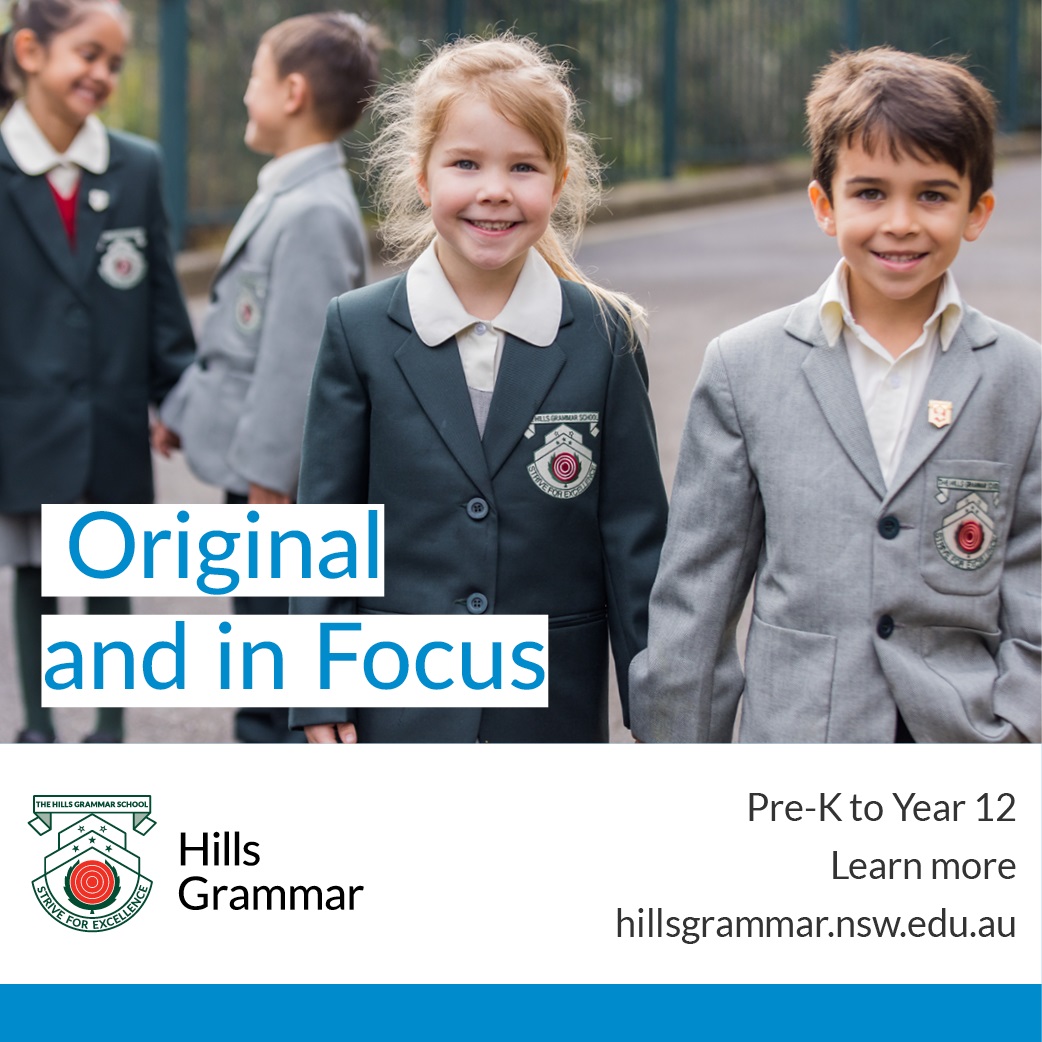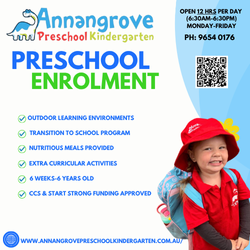– By Dr. Michele Peden, Pedagogical Thinker in Residence at Big Fat Smile
Many parents have preconceived ideas, thoughts and beliefs around how children learn best based on their personal childhood experiences. However, educational teaching and learning practices have evolved over the past 10-15 years. A continual growing body of research questions more traditional practices of teaching (rote learning, direct teacher instruction, use stencils and templates), and are adopting a more child-centric play-based learning approach. Research suggests positive associations between children’s cognitive, social, emotional, language and physical learning abilities and play-based learning .1
So what is play-based learning?
Traditional teaching practices such as rote learning, has been customarily embedded into many classroom practices as a common method of teaching children new information. Rote learning requires children to memorise new information through a repetitive activities (e.g. memorisation of numbers, multiplication tables, alphabet etc.). However, this has proved to be an ineffective form of learning, as it does not allow a child to gain a greater understanding of the topic, does not encourage social skills and provides minimal connection between new and previous knowledge.
Based on an increasing body of research, many primary schools are adopting play-based learning pedagogies as it is child-centred and focuses on children’s developmentally appropriate organisation of learning experiences that result in deeper and more meaningful learning opportunities.2 Play –based learning is established on meaningful learning experiences that promote children to be active, constructive and social learners within a community. Play-based learning encourages children to build their retention skills (retain the new knowledge they are learning) and then transfer this knowledge into real life experiences (ability to use their prior knowledge to inform them to solve new problems).
Play-based learning fosters the development of children’s cognitive skills, such as the ability to evaluate, analyse, recall and make comparisons in play-based situations. This learning approach also allows children the freedom to explore and investigate new concepts through trial and error. Play-based learning enhances collaborative learning, where educators and children build on existing knowledge and co-construct new knowledge and skills. It involves both child-initiated and adult initiated supported learning.
Central to two nationally approved learning frameworks, is play- based learning. The Early Years Learning Framework (EYLF) is aimed at birth- 5 years and My Time Our Place (MTOP) is focused on 5-12 years. These frameworks provide foundational evidence and guidance for all education and care teaching and learning practices for regulated birth-12 years ECEC based services.

What does play-based learning look like in practice?
Play and learning are inseparable. Research suggests that play-based learning practices positively influence children’s literacy, mathematical, social-emotional and language skills as they explore academic and social concepts within indoor and outdoor learning environments. For instance, educators intentionally observe, analyse, plan, implement and review all learning experiences in alignment with individual and group learning needs of children.
Play-based learning environments aim to support and further develop children’s developmental outcomes and interests. For example, carefully planned learning environments consist of various learning spaces that focus on dramatic/imaginative play, construction, literacy (reading and writing), STEM (science, technology, engineering, mathematics), visual arts, sensory play, manipulative play, music and movement and active play (gross motor skills).
Within a dramatic play-space (home corner, prop boxes, retelling stories, drama etc.), children explore and interpret the world around them through social engagements and communicate with meaning. Children learn to discuss and negotiate pretend roles and play scripts. Furthmore, they develop a sense of belonging, confidence, trust and safety alongside peers in a playful situation. Dramatic play opportunities enable children to develop their imagination, independent thinking and planning skills, ability to cooperate, collaborate, build social awareness, release and regulate emotions and build their vocabulary.3
Construction learning spaces (blocks, Lego, recycled resources etc.) are open-ended, creative spaces that promote exploration, experimentation, problem solving, imagination, creativity, self-expression and physical development. Construction spaces are designed to build on children’s early mathematical development, such as number, patterning, spatial concepts, shapes, directions (e.g. above, below, sideways etc.) and matching and sorting. Construction play spaces stimulate learning in all domains, and is fundamental for later cognitive, language, social and emotional growth.
Visual arts enables children to explore and use a variety of art media (paints, charcoal, crayons, pencils, clay, wire, paper, textured materials etc.) to explore their identities and the world around them. Visual arts enables the development of creativity, problem solving, lateral thinking, self-expression, self-esteem, self-regulation, free expression, and become adaptable or flexible learners that promote cognitive risk taking. Visual arts also encourages children to participate in experiences through culturally appropriate opportunities, which furthers their holistic development.4
Active play opportunities (obstacle courses, physically active games, outdoor portable play equipment, music etc.) are essential in reducing children’s sedentary behaviours (sitting, non-activity) and growing health concerns (childhood obesity). Active play experiences enable children to develop their gross motors skills, fundamental movement skills (running, jumping, hopping, catching, throwing, etc.), coordination, balance, strength, eye-hand coordination, spatial concepts, visual discrimination, expressive and receptive language skills and self-regulation.
Research suggests that active play is boosted by portable play equipment (balance beams, climbing frames, balls, skipping ropes, cones etc.).5. Physical activity can be promoted indoors and outdoors, and reflect the National 24-hr Movement Guidelines for the Early Years (birth-5 years) and National 24-hr Movement Guidelines for the children and Young People (5-17 years). Developing and supporting active play within play-based programs enables children to build their confidence and competence in lifelong movement skills and healthy active behaviours.6,7

The role of Educators in play-based learning environments
Educators play a critical role in co-designing the learning spaces with children to ensure they are relevant, meaningful and reflect their interests, abilities and needs. Educators are integral in supporting and building children’s knowledge and skills through quality interactions through play-based experiences. Intentional teaching occurs across all facets of a play-based educational program, as educators and children engage in shared thinking and problem solving to build the learning outcomes of children.5 Educators monitor their levels of engagement in play-based learning experiences, to ensure a balance is held and maintained between child-led and teacher-led leaning opportunities that arise. Educators can be silent observers of children’s development and learning, as well as act on an opportunity to extend children’s learning.1
Educators maintain regular and detailed documentation on children’s individual and group learning trajectories using observational records, documented learning plans and goals, assessments and evaluations. At Big Fat Smile, this information is regularly shared and distributed to families through various forms of communication e.g. Newsletters, Kinderloop, orgnisational social media and documentation displayed within services.
Play-based learning is a concept not only adopted by ECEC services, but it is also being acknowledged in primary school curriculums. Therefore, as you view an ECEC learning environment, consider all the developmental and learning benefits your child and their friends are gaining from each carefully planned and implemented learning space. Children may appear to be ‘just playing’, but they are in fact establishing the development of positive and continuous learning patterns that begin at birth and continue through a child’s lifespan across all developmental domains.

References
- Pyle, A., & Danniels, E. (2017). A continuum of play-based learning: The role of the teacher in play-based pedagogy and the fear of hijacking play. Early Education and Development, 28(3), 274-289.
- Taylor, M. E., & Boyer, W. (2020). Play-Based Learning: Evidence-Based Research to Improve Children’s Learning Experiences in the Kindergarten Classroom. Early Childhood Education Journal, 48(2), 127-133.
- Saracho, O. N. (2020). An integrated play-based curriculum for young children. Routledge.
- Lindsay, G. M. (2016). Do visual art experiences in early childhood settings foster educative growth or stagnation?.
- Copeland, K. A., Khoury, J. C., & Kalkwarf, H. J. (2016). Child care center characteristics associated with preschoolers’ physical activity. American journal of preventive medicine, 50(4), 470-479.
- Coe, D. P. (2020). Means of Optimizing Physical Activity in the Preschool Environment. American Journal of Lifestyle Medicine, 14(1), 16-23.
- Edwards, S. (2017). Play-based learning and intentional teaching: Forever different?. Australasian Journal of Early Childhood, 42(2), 4-11.























